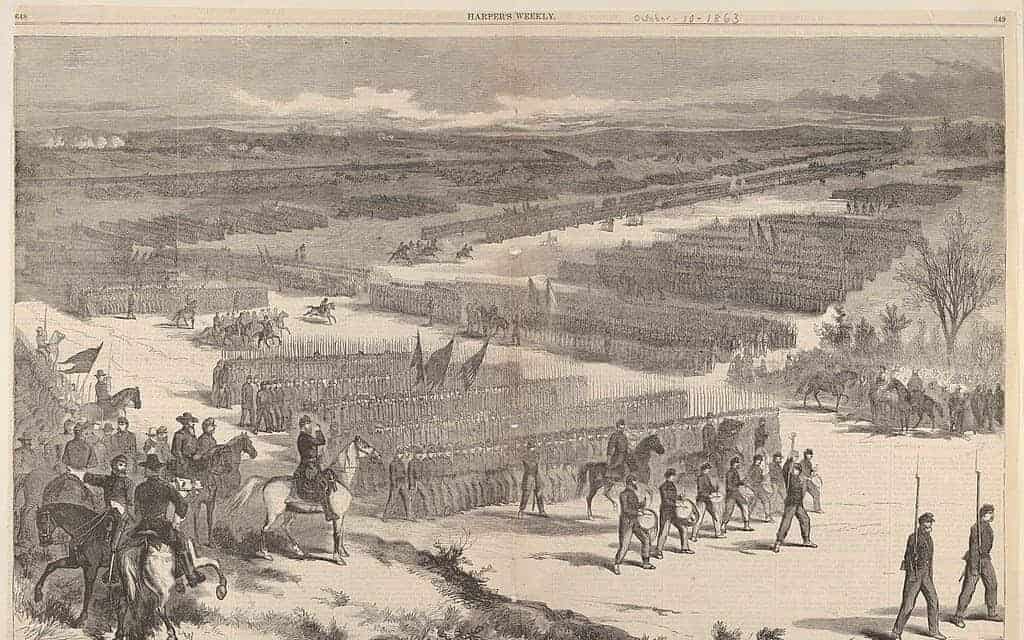
Veterans of the Civil War part 2
Women receiving pensions as a result of the Civil War were not limited to widows. Women nurses served with distinction during the Civil War, in many ways changing the way soldiers received treatment after being wounded, injured, or becoming sick. In previous American wars the art of nursing, such as it was, was performed by men. It was widely believed that a hospital treating war wounded was no place for a woman until Florence Nightingale in the Crimean war changed that perception forever. Clara Barton and Dorothea Dix, among many others, created a role for woman nurses in the Civil War.
In 1892, almost thirty years after women nurses joined the Union war effort, they were made eligible to received pensions related to their service. There were at the time of the Civil War no nursing schools in the United States, (there were only about 150 hospitals) and certification as a nurse was non-existent. To be eligible a woman had to prove that she had served in the capacity of a nurse for at least six months. The statements of doctors or other nurses was considered acceptable. Honorable discharge from service was required and the woman had to establish that she had no other means of support. Their pension was $12 per month.
The Union Army had not been an integrated army but it had deployed black troops, which presented another set of problems for the Pension Office. The Grand Army of the Potomac (a fraternal group of veterans who lobbied for pensions and other benefits) actively pursued, successfully, for the pension system to include black veterans under the same conditions and level of benefits as their white counterparts. In theory the pension system for black veterans was no different than that for whites but in practice it became much different.
Early in the Civil War black troops did not serve in combat, performing logistics roles and digging graves. In those roles they were less likely to suffer combat injuries and less likely to receive treatment in a field hospital. This made the submission of documentation regarding wartime injury problematic for many of the veterans. An unfortunate truth is that many of the black veterans were indigent after the war and they were less likely to be able to afford the fees which accompanied the application process. Another unfortunate truth was that their applications were reviewed by white officers many of whom who were less likely to overlook an error or omission on the paperwork.
All veterans had to pay fees with their applications, which varied depending on the type of pension, the year it was filed, and the rank of the pensioner. The unfairness of veterans having to pay to apply for the benefits they had supposedly earned was not a big issue as it was widely unknown. Besides, the public largely didn’t care. A large percentage of the public was opposed to the payment of pensions to the Union veterans, this number increased as the defeated southern states rejoined the Union during Reconstruction. The fees prevented many veterans from applying for their pensions, denying them to themselves and their families for many years.

